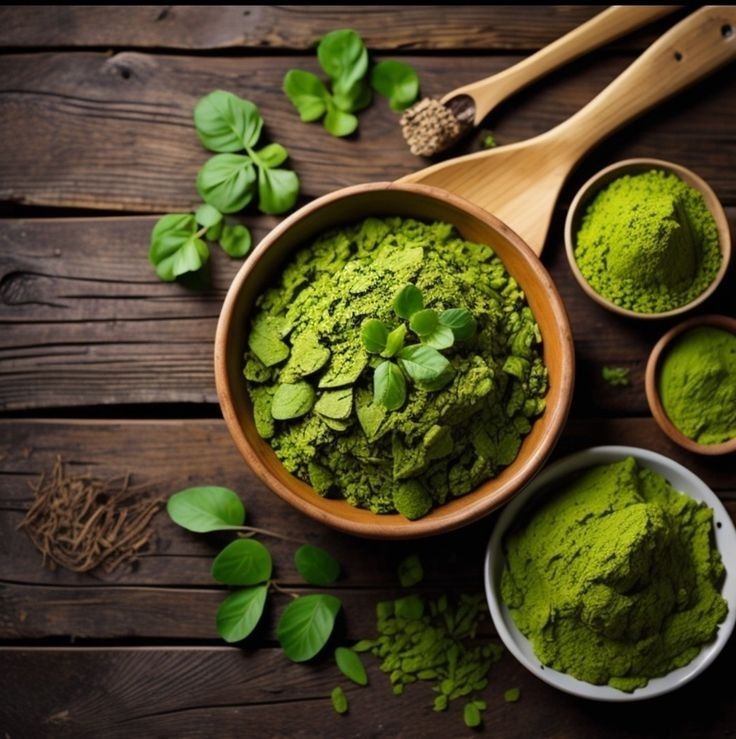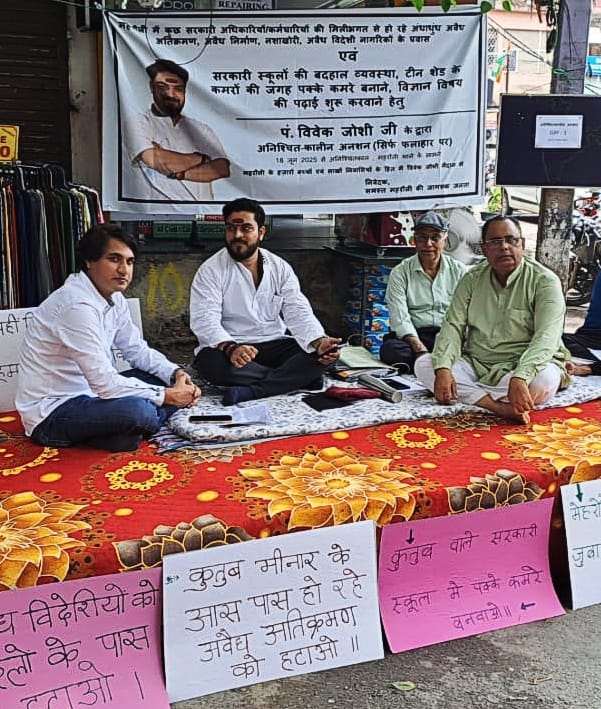Moringa: A nutritional powerhouse and natural shield against 300 diseases

This nutrient-rich plant benefits humans and supports agriculture and animal health
Moringa’s influence extends beyond its leaves and pods. Whether used in vermicompost or beekeeping, its nutritional properties enhance the resulting products, amplifying their value and benefits.
According to the National Family Health Survey 2019–20, around 32% of children in India are underweight, and nearly 67% suffer from anemia. With its extraordinary nutritional profile, Moringa could be a game-changer for children, adolescents, and expectant mothers.

Moringa is not just a tree — it’s a natural powerhouse packed with health-boosting and disease-fighting properties. Its leaves and pods are believed to help prevent over 300 diseases and contain:
92 nutrients
46 antioxidants
36 pain-relieving compounds
18 amino acids
Nutritional comparisons reveal its strength:
Vitamin C – 7x more than oranges
Vitamin A – 4x more than carrots
Calcium – 4x more than milk
Potassium – 3x more than bananas
Protein – 3x more than curd
Unsurprisingly, Moringa is often called a “miracle tree” — a symbol of nourishment, resilience, and sustainable development.
Wherever malnutrition exists in the world, Moringa is often found as a natural remedy — a fact that has earned it the title of a “divine miracle.” In India, it is widely cultivated in the southern states of Andhra Pradesh, Telangana, Tamil Nadu, and Karnataka. Its beans and leaves are used in various ways for their rich nutritional and medicinal value.
Tamil Nadu Agricultural University has developed two high-yielding varieties of Moringa: PKM-1 and PKM-2. Notably, PKM-1 is well-suited for agroclimatic zones in other parts of India. It thrives in all soil types and requires abundant sunlight to grow successfully.
But Moringa’s benefits go far beyond human nutrition. When used as animal fodder, its green or dried leaves have been shown to increase milk production by over 1.5 times and boost animal weight by over one-third. Additionally, when the juice of Moringa leaves is mixed with water and sprayed on crops, it can enhance agricultural yield by more than 25%.
Chief Minister Yogi Adityanath has recognized these remarkable qualities since his days as a Member of Parliament from Gorakhpur. After becoming Chief Minister, he made Moringa a key component of the state’s afforestation drive, which aims to increase green cover and improve environmental health.
Recognizing its multifaceted potential, the Central Government has also embraced Moringa. About two years ago, it instructed all states to include Moringa and locally grown, seasonal vegetables like spinach and beans in the Pradhan Mantri Poshan Yojana to combat malnutrition more effectively.
Author Profile

Latest entries
 DelhiJune 19, 2025Demolition of Homes in Mehrauli Without Rehabilitation Sparks Public Outrage
DelhiJune 19, 2025Demolition of Homes in Mehrauli Without Rehabilitation Sparks Public Outrage BusinessJune 19, 2025Birla Fertility & IVF Launches ‘Fertility Circle’ – India’s First Toll-Free Support Line for Judgement-free Fertility Guidance
BusinessJune 19, 2025Birla Fertility & IVF Launches ‘Fertility Circle’ – India’s First Toll-Free Support Line for Judgement-free Fertility Guidance FilmypatakhaJune 19, 2025Delhi MP Manoj Tiwari Launched Ziddi Jaat Trailer in National Capital
FilmypatakhaJune 19, 2025Delhi MP Manoj Tiwari Launched Ziddi Jaat Trailer in National Capital BusinessJune 19, 2025Indian Life Insurers Set New Business Growth Record in May 2025; Premium Collection Up 10.86% YTD
BusinessJune 19, 2025Indian Life Insurers Set New Business Growth Record in May 2025; Premium Collection Up 10.86% YTD






